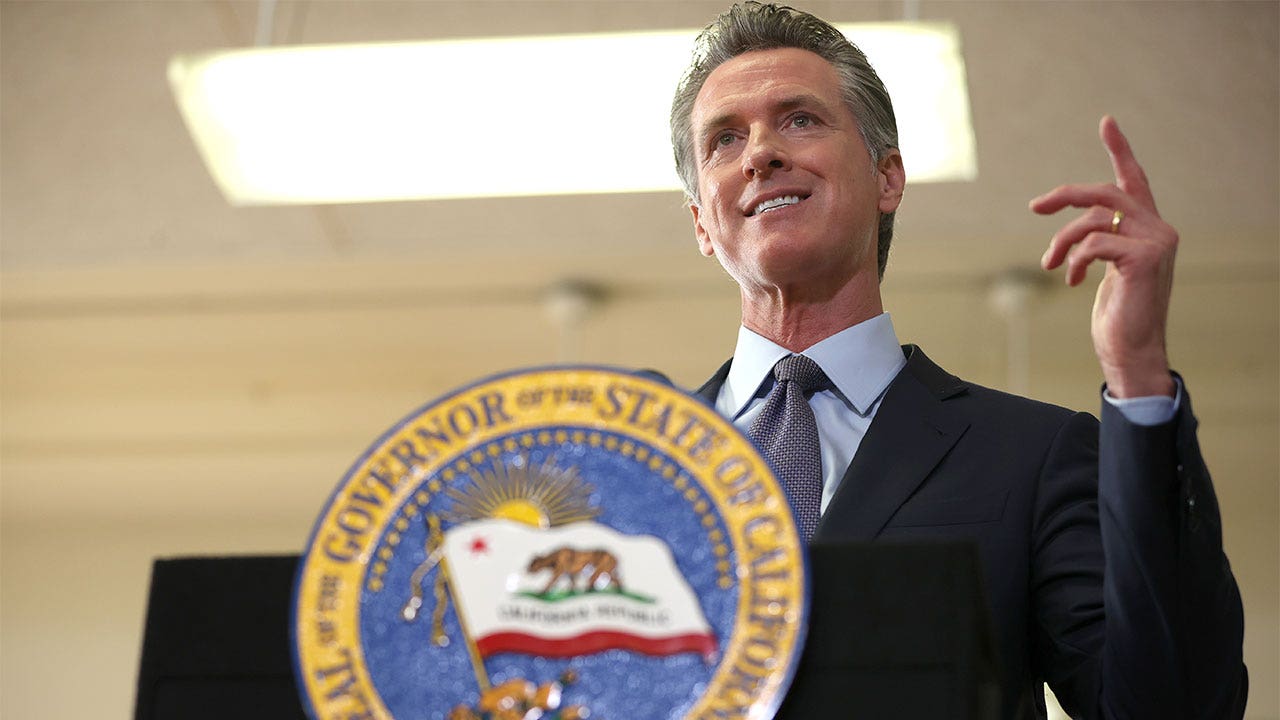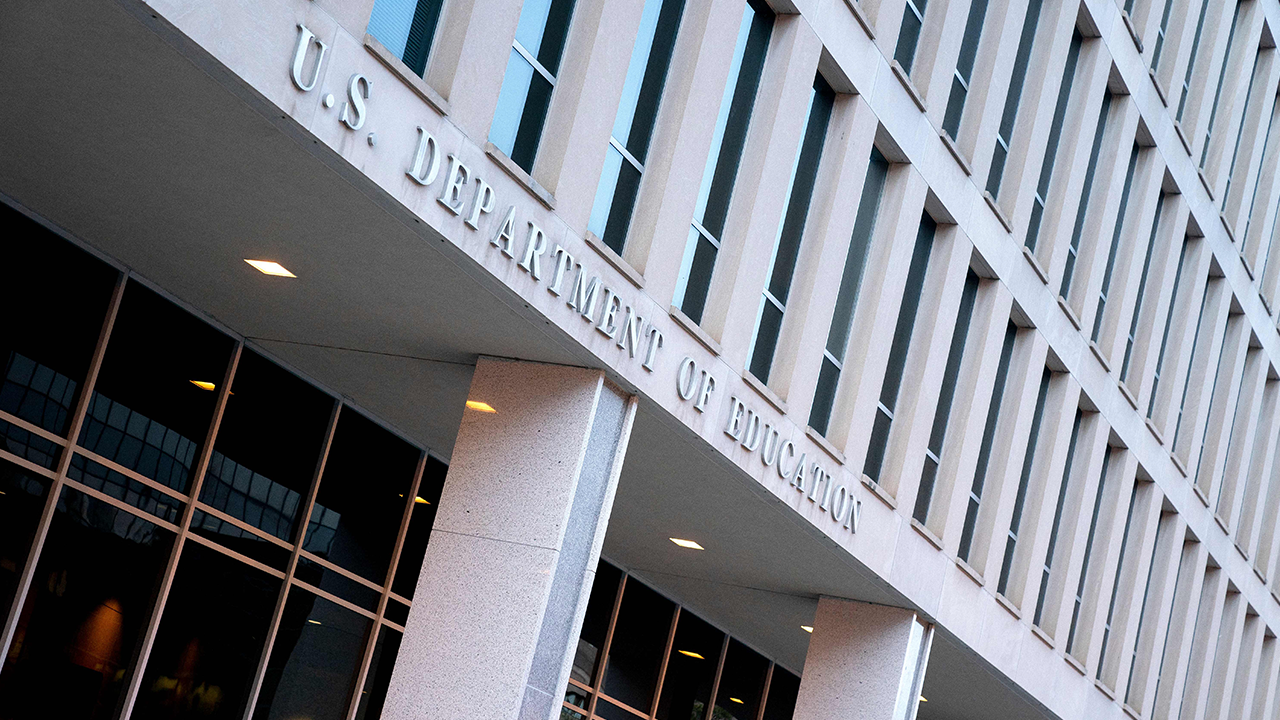To really understand the American majority that we can build, we must understand the one that emerged to support President Ronald Reagan.
Further, it is essential to understand how much Reagan had learned from President Richard Nixon and the emerging, massive, anti-left majority that first appeared in 1972.
Understanding the Rise of Nixon
In the years preceding Nixon’s presidency, leftwing values combined with big government bureaucracy and massive income transfers had created a disaster. There were nearly 160 riots in the summer of 1967, and the Black Panthers openly called for the assassination of police (at least 19 were killed). Leftist activists committed more than 2,500 domestic bombings in 1970 and 1971 (averaging five per day).
MIDTERM ELECTIONS: IMMIGRATION, TITLE 42 LEAVE DEMOCRATS IN ‘BAD SHAPE,’ CAMPAIGN EXPERTS SAY
Rational people started to react to the chaos. The development of a new American radicalism to replace the New Deal coalition of President Franklin Delano Roosevelt was captured brilliantly in Tom Wolfe’s 1970 article on “Radical Chic” and his other essays parodying the left’s absurdity.
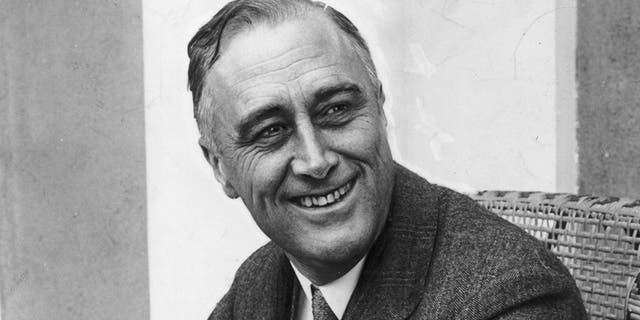
President Franklin Delano Roosevelt gave his first fireside chat on March 12, 1933 during the midst of the Great Depression. He used the 14-minute address to explain the banking system. (Photo by Hulton Archive/Getty Images)
Theodore White, in his “Making of the President 1972” argued that the radical Sen. George McGovern found it impossible to appeal to mainstream Democrats because the liberal ideology had become a liberal theology. The earlier FDR-liberal politicians had been able to compromise and to consider public opinion and practical realities. The new theologians of the Church of Leftwingism were rigid in their positions. And those positions were totally unacceptable to a substantial number of Democrats and virtually all Independents and Republicans.
Furthermore, the rise of the hardline leftists was connected to the rise of Big Government Socialism in President Lyndon Johnson’s Great Society. As Charles Murray and Marvin Olasky outlined in “Losing Ground” and “The Tragedy of American Compassion,” respectively, it was the Great Society which broke with historic American norms in favor of leftwing ideological stubbornness.
So, the rise of Big Government Socialism and radical leftwing culture in the late ‘60s and early ‘70s began a dramatic shift in political support for popular conservative, pro-American ideas.
President Nixon had been through a harrowing series of races starting with losing a virtual tie in 1960 to Sen. John F. Kennedy, then a shocking loss (48.8 percent to 51.9 percent) in California to incumbent Gov. Pat Brown. Finally, he had won election by a stunningly narrow margin in a three-way race in 1968, Nixon (43.4 percent) beat Democrat Vice President Hubert Humphrey (42.7 percent) and independent Gov. George Wallace (13.5 percent).
However, just four years later, in 1972, Nixon won a stunningly big victory with 60.7 percent to Sen. George McGovern’s 37.5 percent. Nixon then won re-election by a slightly bigger margin than President Reagan would in 1984 (58.8 percent).
Reagan Was Watching
Reagan instinctively understood the need for an American majority rather than a Republican majority.
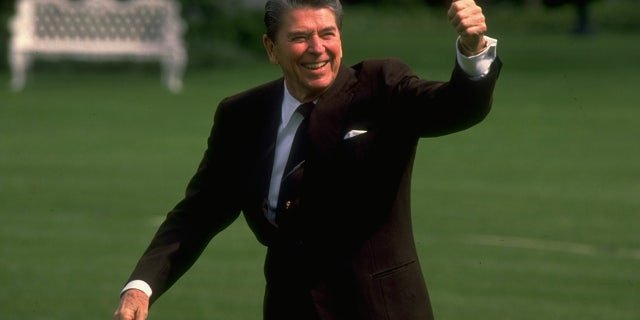
Pres. Ronald Reagan walking & giving thumbs up gesture on S. Lawn after returning from MA. (Photo by Cynthia Johnson/Getty Images)
(Cynthia Johnson/Getty Images)
Reagan’s first great national televised political speech was the Oct. 27, 1964, “A Time for Choosing” speech on behalf Of Sen. Barry Goldwater’s campaign. In that speech, Reagan clearly indicated he was speaking for more than the Republican base: “I have spent most of my life as a Democrat. I recently have seen fit to follow another course. I believe that the issues confronting us cross party lines.”
DEMOCRATIC PARTY’S MANY DISASTERS OFFER US A RARE CHANCE TO CREATE AN AMERICAN MAJORITY
In Reagan’s own race for Governor of California in 1966, he outlined the case for welfare reform, lower taxes, and combatting leftwing radicals on academic campuses. He did so as a “citizen candidate” reaching far beyond the Republican base. In this first race, Reagan received 57.5 percent to Gov. Pat Brown’s 42.3 percent (an 8.7 percent improvement over Nixon’s vote just four years earlier). Reagan was broadening the base, not just mobilizing it.
Reagan continued to reach out to an audience far bigger than the Republican Party. In 1975, when only 17 percent of voters identified with the GOP, a narrow base mobilization strategy was a guarantee of defeat. Reagan knew that and acted accordingly.
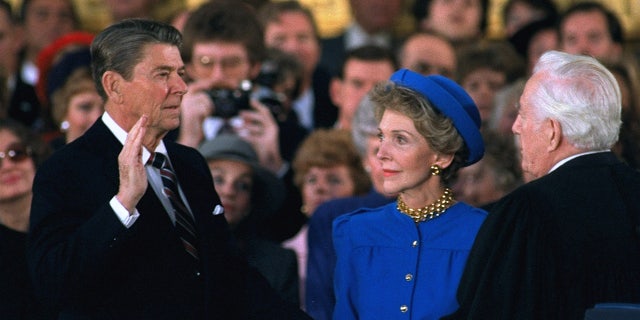
First Lady Nancy Reagan looks on as President Ronald Reagan is sworn in during ceremonies in the Rotunda beneath the Capitol Dome in Washington on Jan. 21, 1985. Reagan, forced indoors by a record inaugural freeze, reenacted his oath taking and sounded a second term dedication to his conservative principles.
( (AP Photo/Ron Edmonds))
He was following strategies of educating and leading the public which he learned in his eight years at General Electric. This era of his life was captured brilliantly in Thomas Evans’ book “The Education of Ronald Reagan: The General Electric Years and the Untold Story of His Conversion to Conservatism.”
At the 1975 Conservative Political Action Conference, Reagan called for the kind of boldness he had displayed in his first governor’s race. He said:
“A Republican Party raising a banner of bold colors, no pale pastels. A banner instantly recognizable as standing for certain values which will not be compromised. Yes, we must broaden our base, but let’s broaden it the way we did in 1972, because those Americans — Democrats and Independents and Republicans — are still out there looking for a banner around which to rally. And we have what they want, what they’re seeking. But they don’t know that. And sometimes I wonder if we know it.”
Reagan’s efforts to broaden from a Republican majority to an American majority continued. Consider the opening of his speech to the 1976 Republican National Convention: “I’m going to say fellow Republicans here but those who are watching from a distance – all those millions of Democrats and Independents who I know are looking for a cause around which to rally and which I believe we can give them.”
NEWT GINGRICH: NO ADMINISTRATION IN MODERN HISTORY MORE OUT OF TOUCH WITH REALITY THAN BIDEN’S
As the Republican nominee in 1980, Reagan continued to follow a base broadening strategy and worked to bring his party with him. I participated in the first Republican Capitol Steps event on Sept. 15, 1980. I was the House Republican organizer collaborating with Republican National Committee Chairman Bill Brock to get it done. Never had a presidential candidate joined with his party’s congressional candidates to pledge specific actions.
 Video
Video
The historic nature of the day was captured by David Broder, whose entire column is worth reading. Broder wrote:
“The implicit message of Monday’s ceremony is that there can be only one government in Washington at a time and that if voters want Reagan to lead it effectively, they have to go all the way with the GOP… That is an honest statement, and it is as commendable for the Republicans to dramatize it as it is risky.”
The House and Senate candidates joined then-Gov. Reagan and then-Ambassador George H.W. Bush in pledging to:
1. cut spending on Congress as signal to the rest of the government;
2. cut government spending and reduce waste, fraud and abuse to fight inflation;
3. cut individual income taxes across the board and develop incentives for savings, investment, and capital recovery to put the country back on road to prosperity;
4. encourage more private investment and permanent jobs – especially in our central cities
5. strengthen our national defense.
More than 250 incumbents and candidates stood with the Reagan-Bush team and made these pledges. The impact was clear on Election Day when the GOP picked up 12 Senate seats and won control of the upper chamber for the first time since 1954. No one had expected a Republican Senate majority (just as virtually no one would expect a Republican House majority in 1994). It was proof of the power of a tidal wave to exceed expectations.
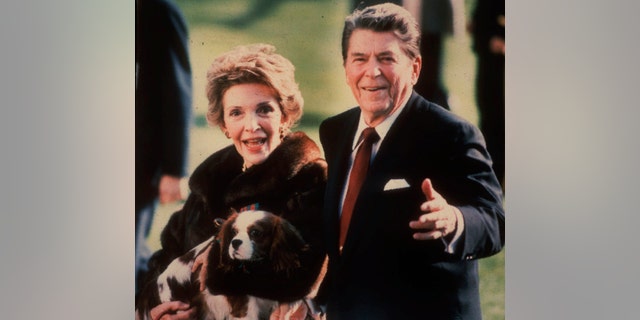
FILE – This December 1986, file photo shows first lady Nancy Reagan holding the Reagans’ pet Rex, a King Charles spaniel, as she and President Reagan walk on the White House South lawn. (AP Photo/Dennis Cook, File)
Despite the Republican victory, President Reagan continued to reach out to Democrats to create an American majority. On the key vote on his three-year tax cut – the centerpiece of his economic recovery plan – 48 Democrats joined with 190 Republicans to provide a majority in the House. In the Senate, 37 Democrats joined with 52 Republicans to pass the tax cuts.
CLICK HERE TO GET THE OPINION NEWSLETTER
The term “Reagan Democrats” began to be used, and his appeal to Independents and moderate and conservative Democrats was a key part of his success.
President Reagan emphasized the broad nature of his coalition in his victory statement for the tax cuts: “The victories we have just won do not belong to any one individual, one party or one administration.
“It is a victory for all the people. A strong bipartisan coalition in the Congress – Republicans and Democrats together – has virtually assured the first real tax cut in nearly 20 years. It also has removed one of the most important remaining challenges to our agenda for prosperity.”
This effort to broaden the base and bring together as many Americans as possible would continue throughout President Reagan’s eight years in office.
His debt to all Americans came through again in his farewell address in January 1989:
“Ours was the first revolution in the history of mankind that truly reversed the course of government, and with three little words: ‘We the People.’ ‘We the People’ tell the government what to do; it doesn’t tell us. ‘We the People’ are the driver; the government is the car. And we decide where it should go, and by what route, and how fast. Almost all the world’s constitutions are documents in which governments tell the people what their privileges are. Our Constitution is a document in which ‘We the People’ tell the government what it is allowed to do. ‘We the People’ are free. This belief has been the underlying basis for everything I’ve tried to do these past eight years.”
Reagan explicitly acknowledged the American people as the key to all his victories. He asserted: “what few people noticed is that I never won anything you didn’t win for me. They never saw my troops, they never saw Reagan’s regiments, the American people. You won every battle with every call you made and letter you wrote demanding action.”
CLICK HERE TO GET THE FOX NEWS APP
Today’s Republicans have an opportunity to rebuild the Reagan American majority. They would do well to study how he did it with simple clear language: “tear down this wall,” “evil empire,” “we win, they lose” – simple, clear understandable, and to the point.
In the next column, I will explain the 1994 Contract with America as a base broadening American majority strategy that stood on the shoulders of Reagan’s leadership.






